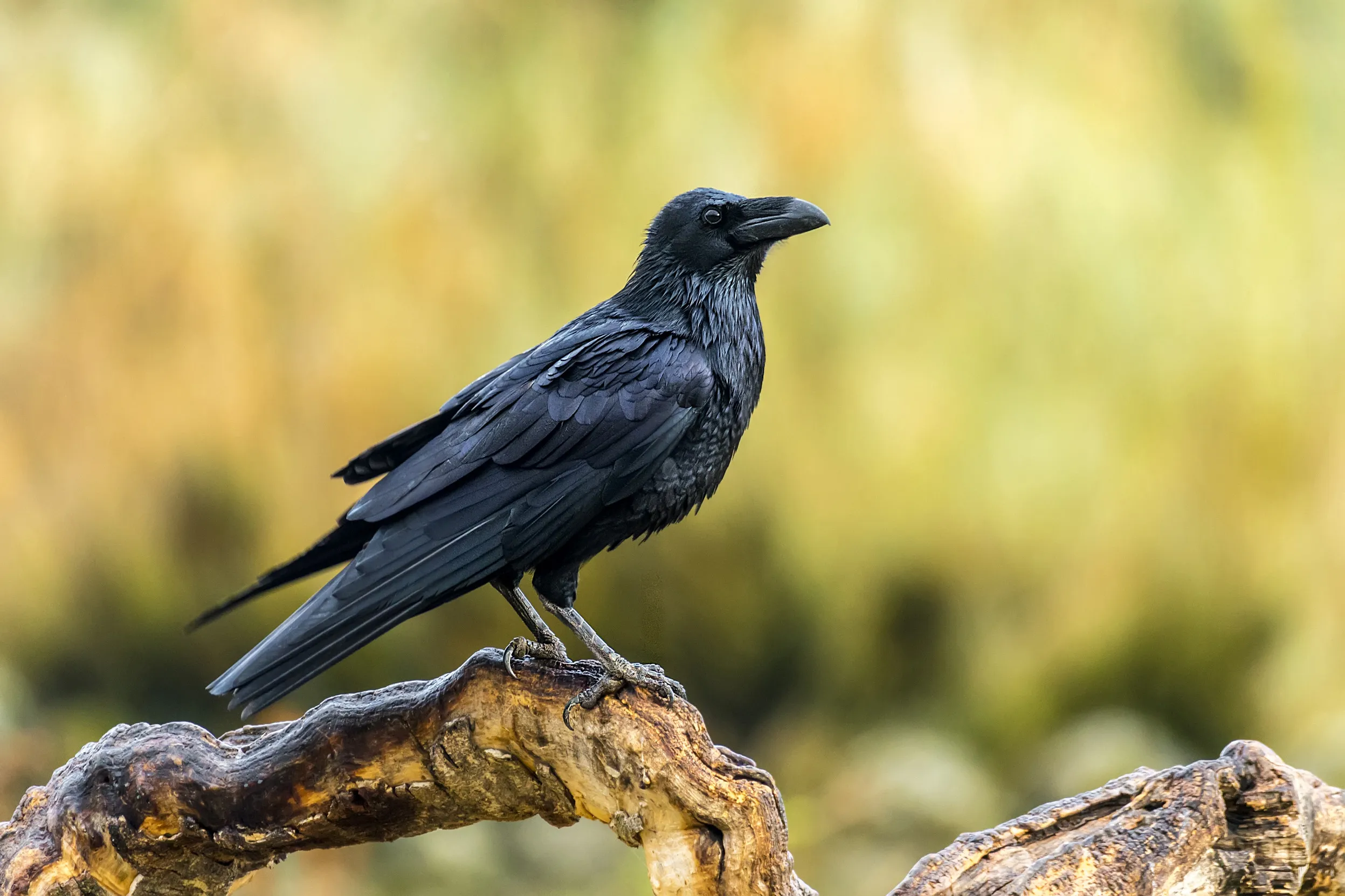
Many of the UK’s most common corvids – members of the crow family – sport all-black plumage, which can make identification a bit of a headache. But once you know what to look for, there are easy ways to tell the difference. And it’s worth making the effort, because what they lack in colour corvids definitely make up for in brain power – they’re some of the smartest animals on the planet and their entertaining antics are fascinating to watch!


